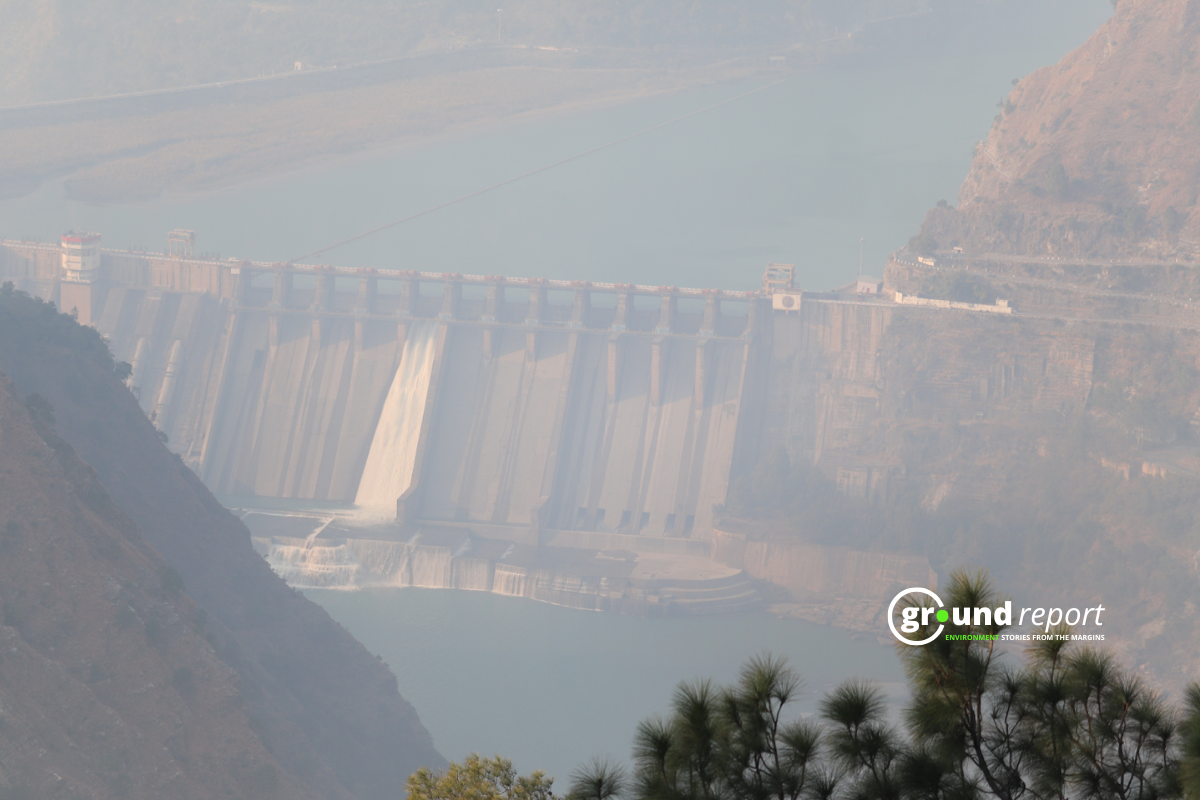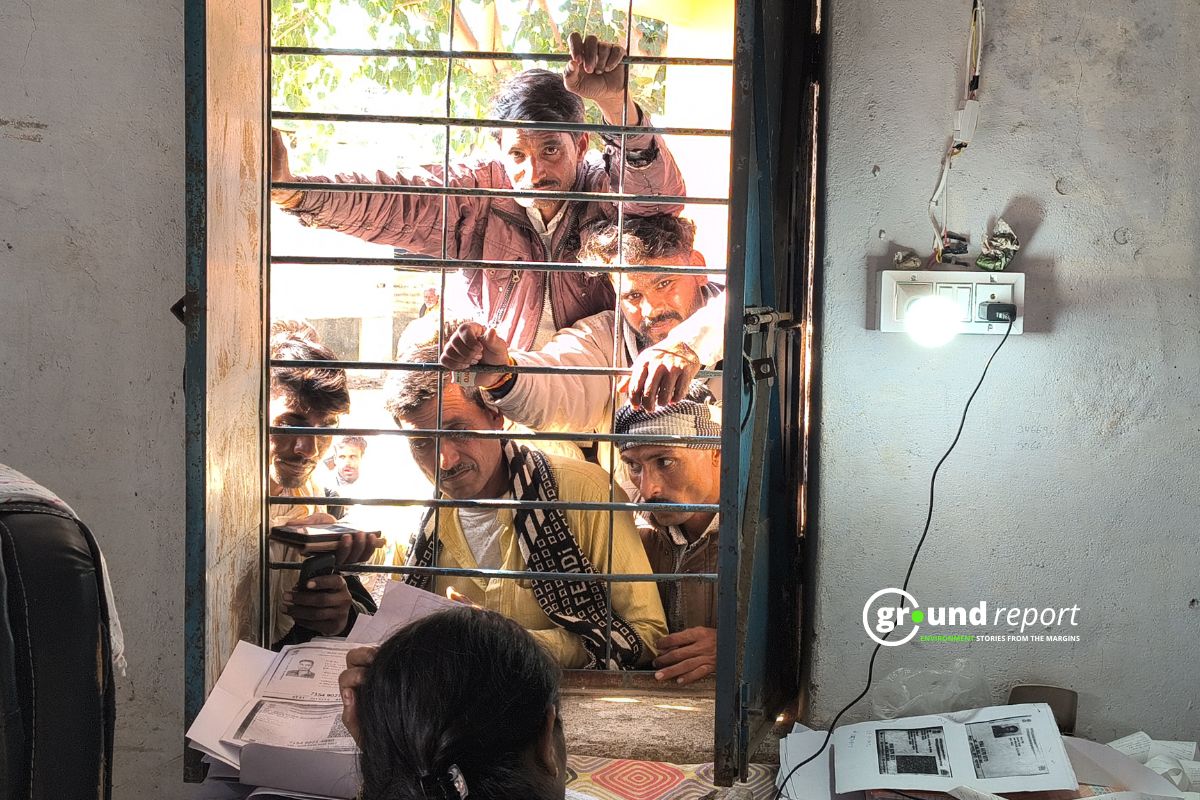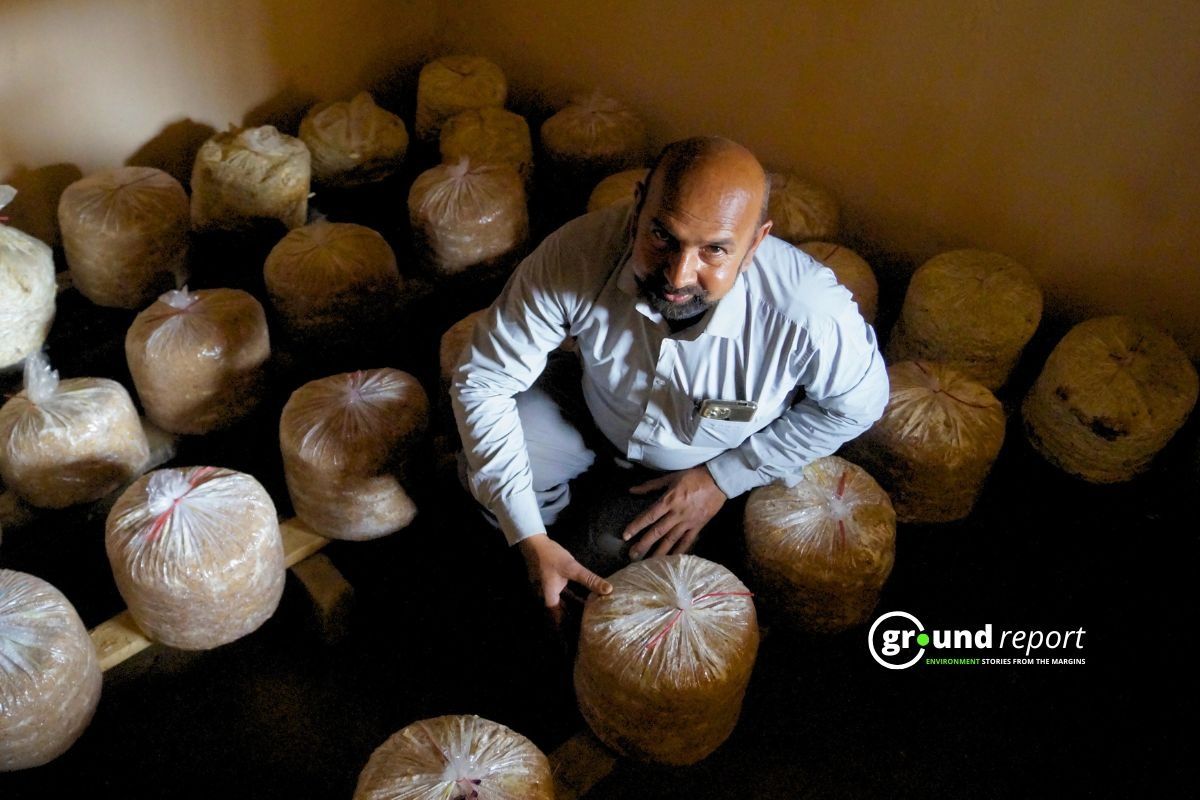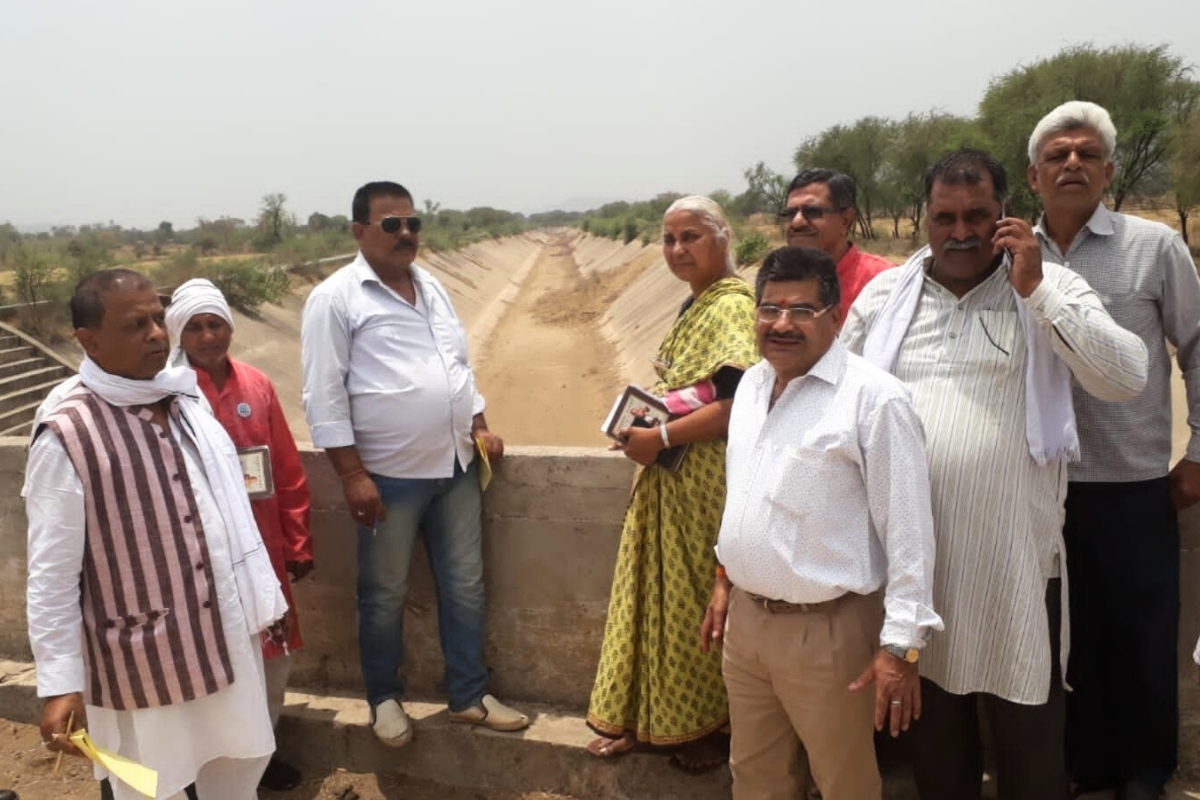A recent report revealed that 82 cities under the National Clean Air Programme (NCAP) used less than 66% of the allocated funds over the past five years to combat air pollution. Delhi used less than 40% of its share. While these cities were allocated Rs 10,566 crore between 2019 and May 2024, only Rs 1,092 crore was spent by the directly funded cities. This raised concerns over the programme’s effectiveness as the deadline for meeting air quality targets approaches.
According to Newslaundry, the NCAP was launched to reduce PM10 concentrations in 131 cities by 40% by 2025–26. However, many cities failed to utilise funds effectively. Delhi, for example, only reduced PM10 levels by 14%, falling short of the 20% reduction achieved by 55 other cities.
Underutilisation of funds is linked to poor planning and misallocation. The NCAP report highlighted that Noida, Visakhapatnam, and Anantpur spent only a fraction of their funds, while Bengaluru and Pune were among the lowest spenders. In contrast, Gujarat utilised 100% of its allocated funds, followed by Odisha and Chhattisgarh.
A significant portion of the funds went to dust mitigation measures like road repairs, water sprinkling, and mechanised sweeping. However, the focus on PM10 levels, representing coarse particulate matter, has been criticised. Experts argue that PM2.5, which is more harmful to human health, has been neglected. Moreover, cities like Delhi, with high industrial pollution, have failed to allocate funds to address key pollution sources like coal, fly ash, and waste burning.
Concerns have been raised over “irrelevant” spending on activities that don’t improve air quality, like streetlight installations and beautification projects. Despite spending large amounts on road infrastructure and awareness programs, cities like Gwalior, Ludhiana, and Bhopal failed to significantly reduce PM10 concentrations.
The ongoing underperformance in using the allocated NCAP funds indicates a necessary reevaluation of the strategy to address air pollution more effectively. We need better planning, targeted spending, and a holistic approach that includes road dust, vehicular emissions, industrial pollution, and waste management.
The underutilisation of funds and failure to meet air quality targets puts millions’ health at risk and raises questions about the NCAP’s transparency and accountability in combating pollution.
Support us to keep independent environmental journalism alive in India.
Keep Reading
Watch: Kashmir experiences first snowfall of season after dry spell
Amarnath Yatra: Tackling rising death toll from extreme weather events
Tourists arrival in Kashmir break records, a need to regulate it?
From tourist paradise to waste wasteland: Sindh River Cry for help
Follow Ground Report on X, Instagram and Facebook for environmental and underreported stories from the margins. Give us feedback on our email id greport2018@gmail.com.
Don’t forget to Subscribe to our weekly newsletter, Join our community on WhatsApp, and Follow our YouTube Channel for video stories.






